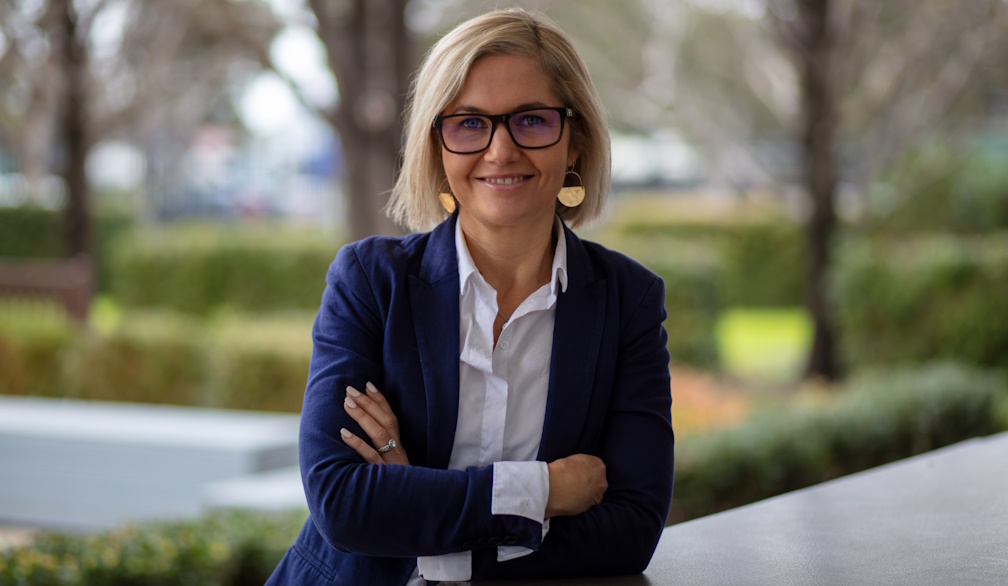Tips to reduce food waste at home

Data from one of Australia’s most recognised food brands, Birds Eye, reveals even though the current cost of living is causing more than half of us to purchase less in our weekly grocery shop (57 per cent), we’re still throwing away a significant portion of the food we buy.
The Birds Eye Frozen Food Snapshot reveals that around a third (32 per cent) of Australians continue to dispose of unused vegetables at least weekly, with lettuce, broccoli and carrots the most common casualties, followed by tomatoes.
Young Australians are the worst offenders, with almost half (45 per cent) of 18-35 year olds throwing out vegetables every week, compared with 36 per cent of 35-54 year olds and 17 per cent of those aged 55 and older.
The research also shows that cost of living challenges are changing the way we shop, with almost half of Aussies only buying specials (47 per cent) and a quarter (25 per cent) now purchasing more frozen foods. Four in 10 (41 per cent) of us are turning to the freezer aisle to reduce household food waste and seven in 10 (71 per cent) are doing so to save money.
These new findings come at a time when Aussies are wasting more than four kilograms of food per household every week, totalling a whopping 2.5 million tonnes each year1.
Phoebe Dowling, Australia’s Head of Sustainability at Birds Eye’s parent company Simplot, says while it’s encouraging to see people utilising frozen food as a cost-effective meal solution, the research uncovered some areas of concern.
“It’s great that we’re turning to the freezer aisle as an affordable way to get our veggie intake up, but it’s alarming that around a third of us are still throwing fresh produce away at a time when the cost of living is high.”
“Strategically incorporating more frozen food into our meal planning has the potential to reduce food wastage in households, and we need more people to see it as a means to limiting the amount of produce we’re sending to landfill.”
Birds Eye ambassador, award-winning author and sustainability advocate, Alice Zaslavsky, says multiple factors come into play when addressing Australia’s food waste problem.
“We’re dealing with three key issues at the moment – food waste, low vegetable consumption and the rising cost of living. And an easy way to combat all of these is to utilise our freezers better.”
1 Research from QLD Government available here
“Addressing food waste starts at the shops. It’s about ensuring that what you’re buying is what you will use. I recommend going in with a list and a rough idea of what you’ll be cooking that week. And if organisation isn’t your thing, that’s ok! But then make your freezer your friend – whether that’s purchasing more frozen food, or freezing what you’re not going to use right away.”
Alice says incorporating frozen food into our diets is one of the most convenient ways to get nutrients in.
“As a vegetable enthusiast, the number one myth I want to bust when it comes to buying frozen veggies is that they’re less nutritious than the fresh kind. Because actually, Birds Eye’s snap-frozen process means all the nutrients are locked in once they’re picked, delivering a healthy meal solution every time.”
Before they are snap-frozen, a host of Birds Eye vegetables are grown from farms across Australia and are washed, peeled, chopped and packed to save people time and money. Nutrients in fresh vegetables are lost over time so the snap freezing process helps to ensure Aussies have quality, nutritious products on hand at all times. Birds Eye products are available to purchase at all major supermarkets.
The Birds Eye Frozen Foods Snapshot was conducted via online survey by Empirica Research on behalf of Simplot. The survey sampled 1,000 nationally representative Australians from 30 January 2023 to 6 February 2023.
Alice Zaslavsky’s five tips to reducing food waste:
Stick to your list: It’s easy to get carried away at the supermarket by purchasing things you don’t really need. Plan out your meals to ensure you only purchase what you know you’ll eat.
Savour your stock! Place leftover liquids like stocks, curry paste, coconut milk and gravy into ice trays and pop them in the freezer for a rainy day.
Don’t scrap your scraps: Take your carrot peels, leek heads, potato scraps, and onion skins and place them into a scrap bag or container in your freezer. Once it’s filled, pop it in a pot with some water, then reduce it down and use that as your stock to flavour soups, casseroles and stews.
Load up your freezer with frozen veggies: Peas, carrots, corn, broccoli, you name it! Add in a cup to your cooking, and you’ve increased your family’s vegetable intake. My go-to is Birds Eye’s corn and peas. Scoop a cup into your Mac and Cheese and it’ll pop with colour and flavour.
Get creative! There’s so many delicious and nutritious meals you can create utilising frozen veg. Pimp your peas and make a tasty pea dal, or a comforting side of mushy peas with your next pie. Take frozen carrots and turn them into a restaurant-quality puree, or toss broccoli florets into hot pasta with a splash of salty pasta water and parmesan.














